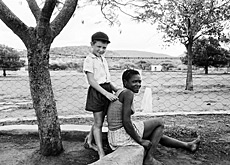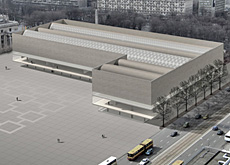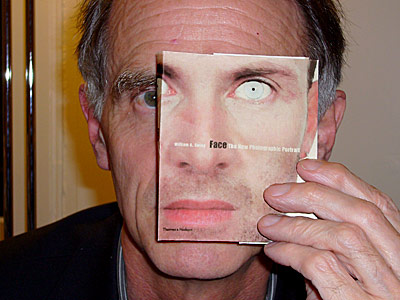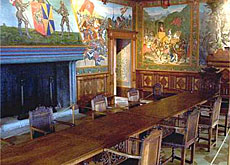Winterthur photo show focuses on Goldblatt

More than half a century of South African society as seen through the lens of photographer David Goldblatt is currently on view in Winterthur.
The comprehensive retrospective at the town’s photography museum features shots taken by Goldblatt from the apartheid period after 1948 to the present day.
“In David Goldblatt’s photos you experience the smell, taste and social importance of things in the country,” South African author Nadine Gordimer has written about her countryman.
Described as a visual anthropologist, Goldblatt has over the years documented the contradictions that make up South Africa.
Goldblatt went virtually unnoticed in his homeland for years. He did some work for magazines and other publications, and examples are featured in the Winterthur exhibition.
Over the years, Goldblatt viewed things with a critical eye, managing to expose, for example, the social anomalies created by apartheid.
With every click of the camera shutter, he shows how the racist ideology of apartheid distorted towns and to a larger extent the countryside.
Industrial inferno
He leads his viewers down into the filthy mines with photographs of people who are covered in gold dust. They are hellish pictures of an industrial inferno.
The exhibition is organised in eight sections, taking visitors on a journey of emotions. Sometimes the pictures are dull or tense, but they are always authentic.
The son of a Lithuanian Jew, Goldblatt was born in 1930 in Randfontein, a gold-mining town west of Johannesburg.
Although as a child he wanted to be a photographer, he worked in his father’s clothes shop while completing his studies in economics.
After the death of his father in 1962, he sold the family business to concentrate on photography.
Urs Stahel, director of the Winterthur museum, describes Goldblatt as an individualist with an interest in personal fitness.
“He is 76 years old and still goes to the gym for two hours a day and does weight training,” Stahel said.
Visual educator
He pointed out that South Africa was an “obsession” for the photographer although he stressed that Goldblatt was “not an anti-apartheid militant but a visual educator”.
Since Goldblatt never made propaganda for anyone, his pictures have stood the test of time and gained recognition.
“Goldblatt has exposed South African social structures. We can learn a lot about the rest of the world from such a visual artist,” Stahel added.
The photographer has not yet given up taking pictures. The only difference from earlier work is that they are now in colour rather than black and white.
swissinfo, based on an article in German by Erwin Dettling in Winterthur
The photographer’s work has featured in exhibitions around the world, including the 2002 Documenta, one of the world’s most important shows of modern and contemporary art, in the Germany city of Kassel.
The photographer, in what he called his personal work, rarely used colour until the end of the 1990s.
He received the prestigious Hasselblad Award for photography in 2006.
The exhibition at the Winterthur museum is entitled David Goldblatt – South African Photographs 1952 – 2006. It runs until May 20.

In compliance with the JTI standards
More: SWI swissinfo.ch certified by the Journalism Trust Initiative



You can find an overview of ongoing debates with our journalists here . Please join us!
If you want to start a conversation about a topic raised in this article or want to report factual errors, email us at english@swissinfo.ch.